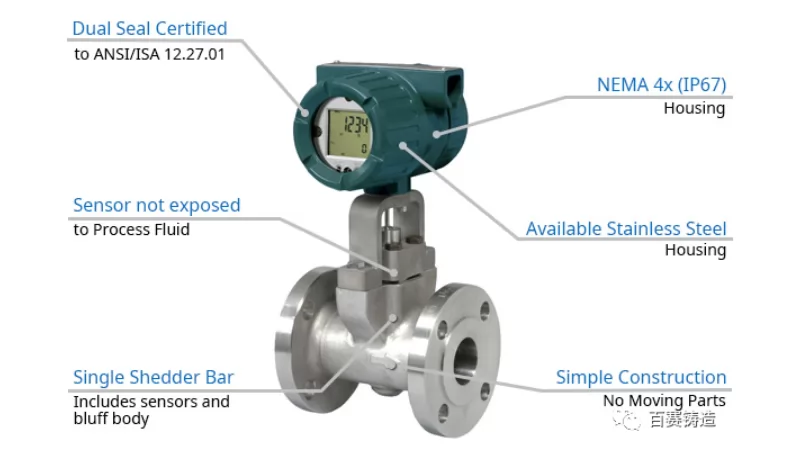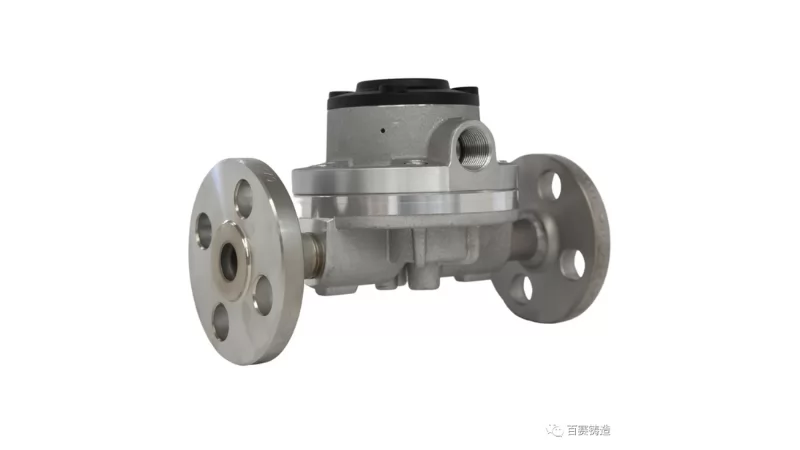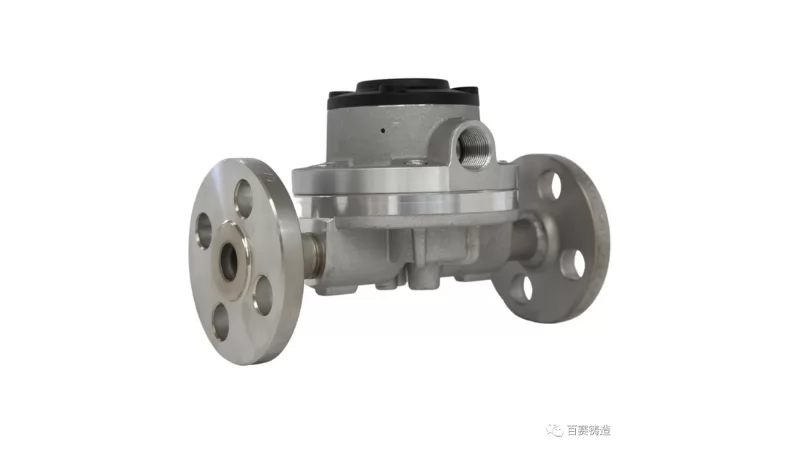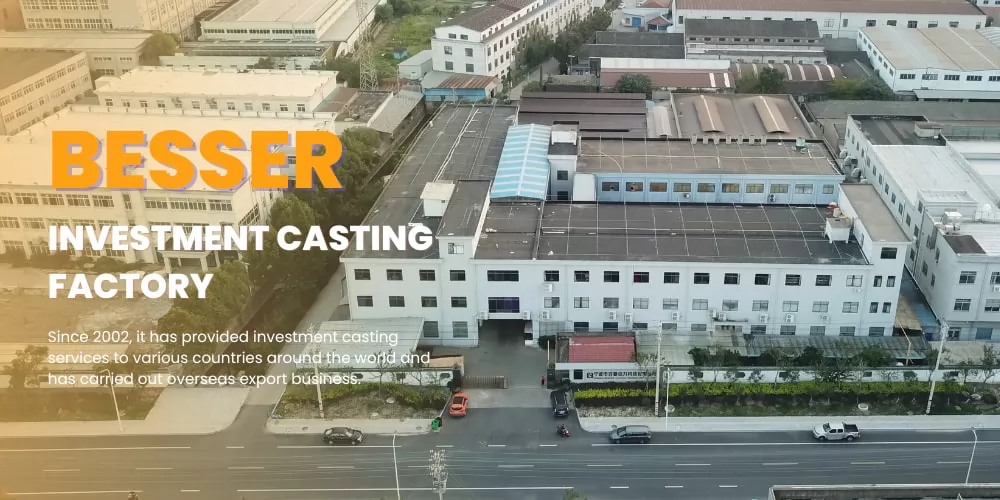What Is a Flow Meter?
A flow meter (or flowmeter) is an instrument used to measure the linear, nonlinear, volumetric, or mass flow rate of a liquid or a gas. Flow meters can help enterprises achieve precise flow control and management, improve production efficiency and product quality.

What Are the Main Applications of Flow Meters?
Flow meters aid in industrial and infrastructure process management and provide a safer environment and security for people and processes. Flowmeters are used in a wide range of applications; they measure the flow of liquids, pastes and slurries in water/wastewater, dairy, agriculture, pharmaceutical, beverage, chemical, industrial, fertilizer, medical, petrochemical, steel, paper, mining, food, etc. .

What Are the Types of Flow Meters?
Differential Pressure Flow Meters: A differential pressure (DP) flowmeter is one of the most popular types of flowmeters. This sort of flowmeter is based on scientific theories that control how gases and liquids move through pipes.
Orifice Flow Meters: The most common liquid flow meters in use today are orifice flow meters. An orifice is just a flat piece of metal with a hole cut into it that has a certain size.
Venturi Flow Meters: The ability to manage enormous flow volumes with low-pressure drops is a benefit of venturi tubes. In essence, a venturi tube is a length of pipe with a straight neck and a tapering entrance. The velocity of the liquid rises as it moves through the throat, creating a pressure difference between the inlet and output regions.
Pitot Tube Flow Meter: The typical method for installing pitot tubes is to solder a coupling to a pipe and then insert the probe through the coupling.
Positive Displacement Flow Meters: Positive displacement (PD) flowmeters are another typical form of the flowmeter. The only form of flowmeter that calculates a fluid’s flow rate based on the volume of fluid passing through the meter as opposed to some other characteristic of the fluid that is related to flow rate is a PD flowmeter.
Velocity Flow Meter: The working principle of a velocity flowmeter is that a fluid’s flow rate is equal to the cross-section of a pipe multiplied by the fluid’s velocity.
Volumetric Flow Meters: Regarding volume flow rate, these instruments run linearly. Their rangeability is larger because there isn’t a square-root relationship (unlike with differential pressure devices).
Mass Flow: As the name implies, a mass flowmeter measures the mass flow of fluid as it passes through a pipe. The pharmaceutical, mining, wastewater, power, chemical, and gas industries frequently use mass flowmeters.

The Help and Promotion of Precision Casting Technology to the Flowmeter Industry
Faster production
Investment casting reduces labor time and shortens lead times because it greatly reduces the amount of machining required after casting.
Tight tolerances
Precision castings have tighter tolerances, reducing the amount of machining required. The standard tolerance is
+/-.005 per inch.
Various materials
There are a variety of materials available for investment casting, including bronze, stainless steel, and even aluminum.
Your Worthy Choice of Flowmeter Casting Supplier

Baisai Casting is committed to silica sol dewaxing precision casting. It has 20 years of experience and has researched and developed more than 4,000 types of precision castings. It has rich experience in flow channel design and process design of precision castings.
We are happy to participate in the early product design and development of customers, and try our best to provide customers with the development needs of new projects at the lowest cost. At the same time, Baisai Casting has produced more than 100 kinds of non-standard materials, involving European standard, American standard and Japanese standard materials, including stainless steel, carbon steel, low carbon alloy steel and high nickel alloy.
At the same time, in terms of flow meter castings, Baisai Casting also has sufficient experience, which can effectively avoid blisters and pores during processing, absolutely avoid deformation problems, and at the same time meet the requirements of European and American customers for the appearance of castings.



